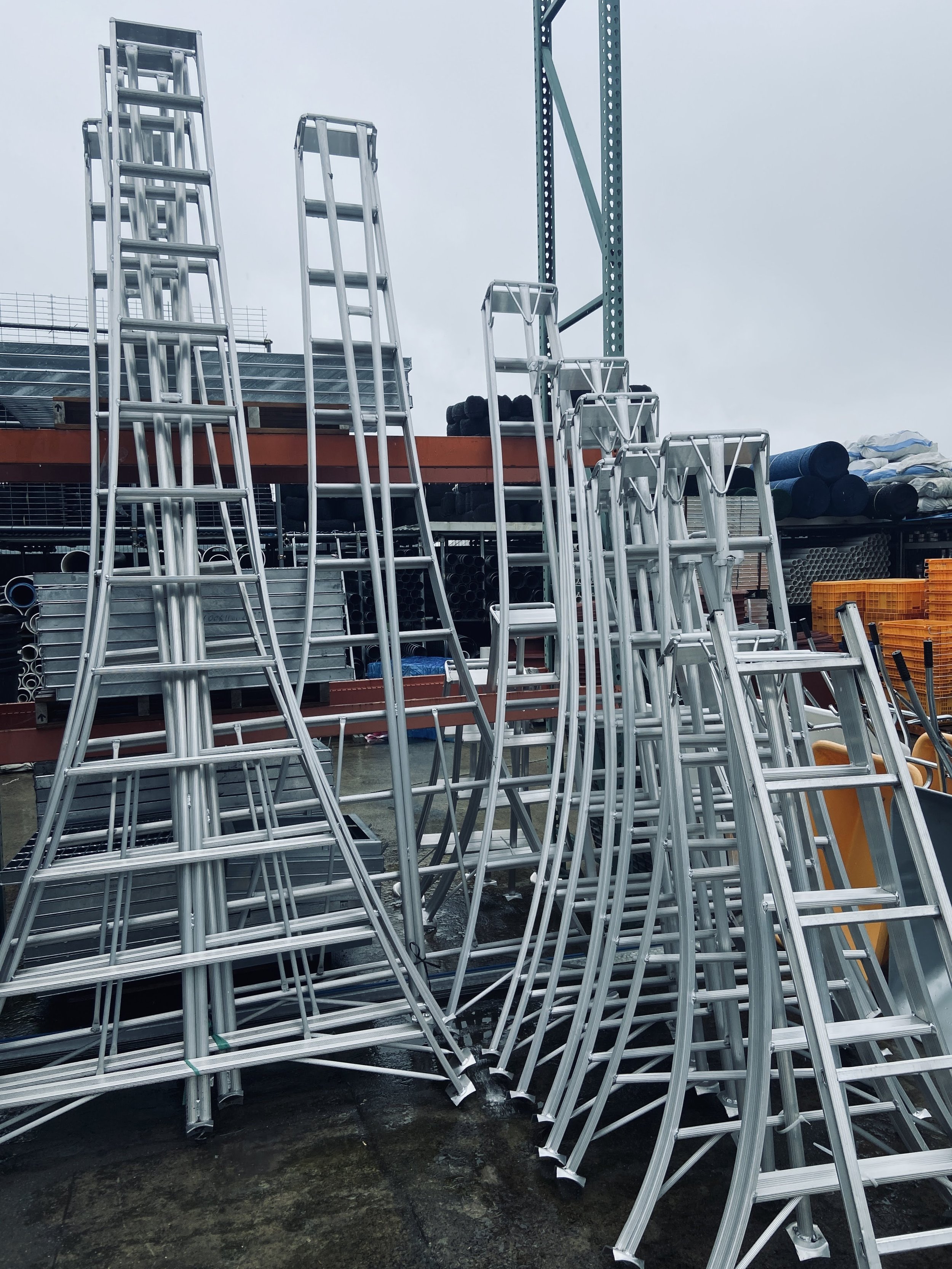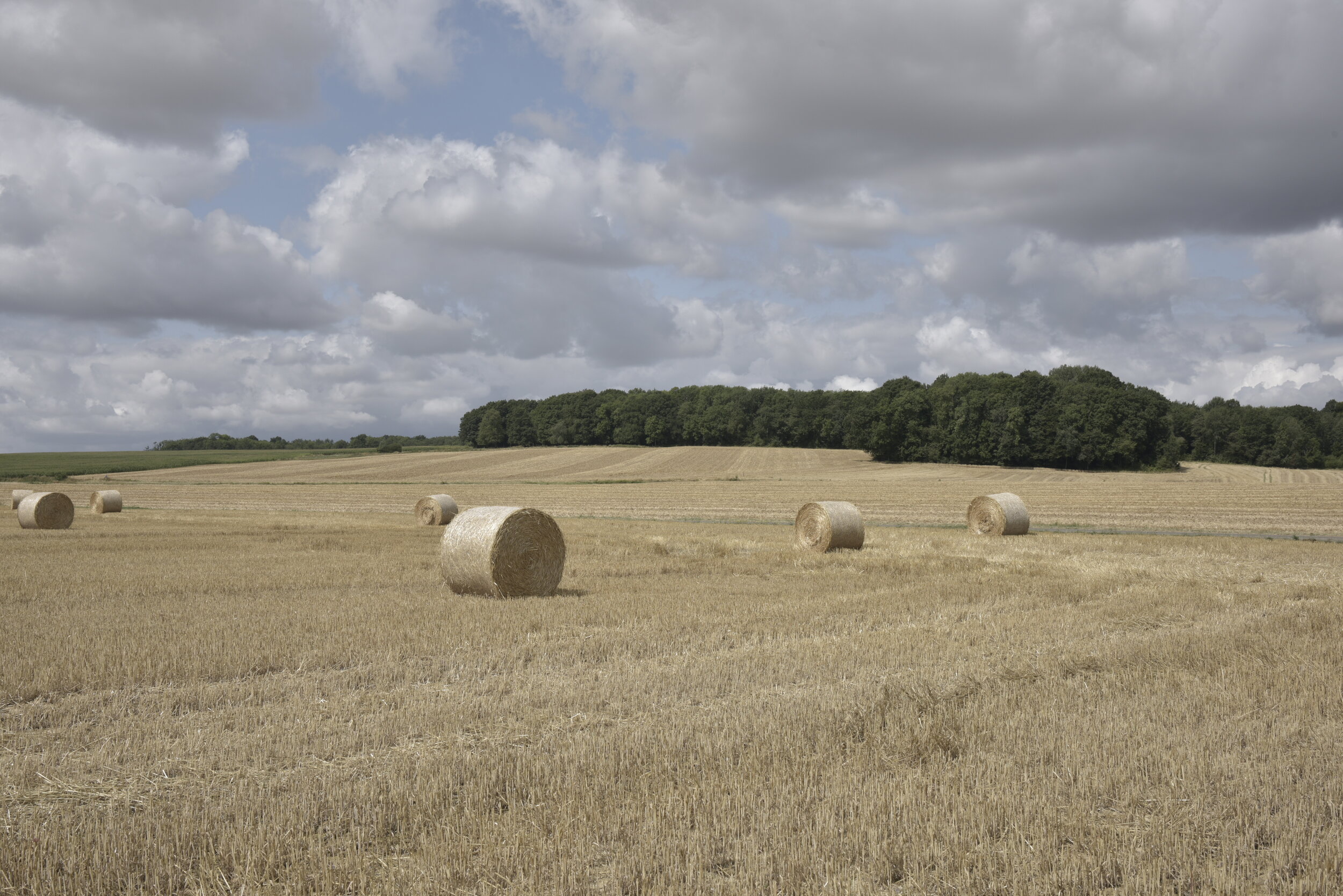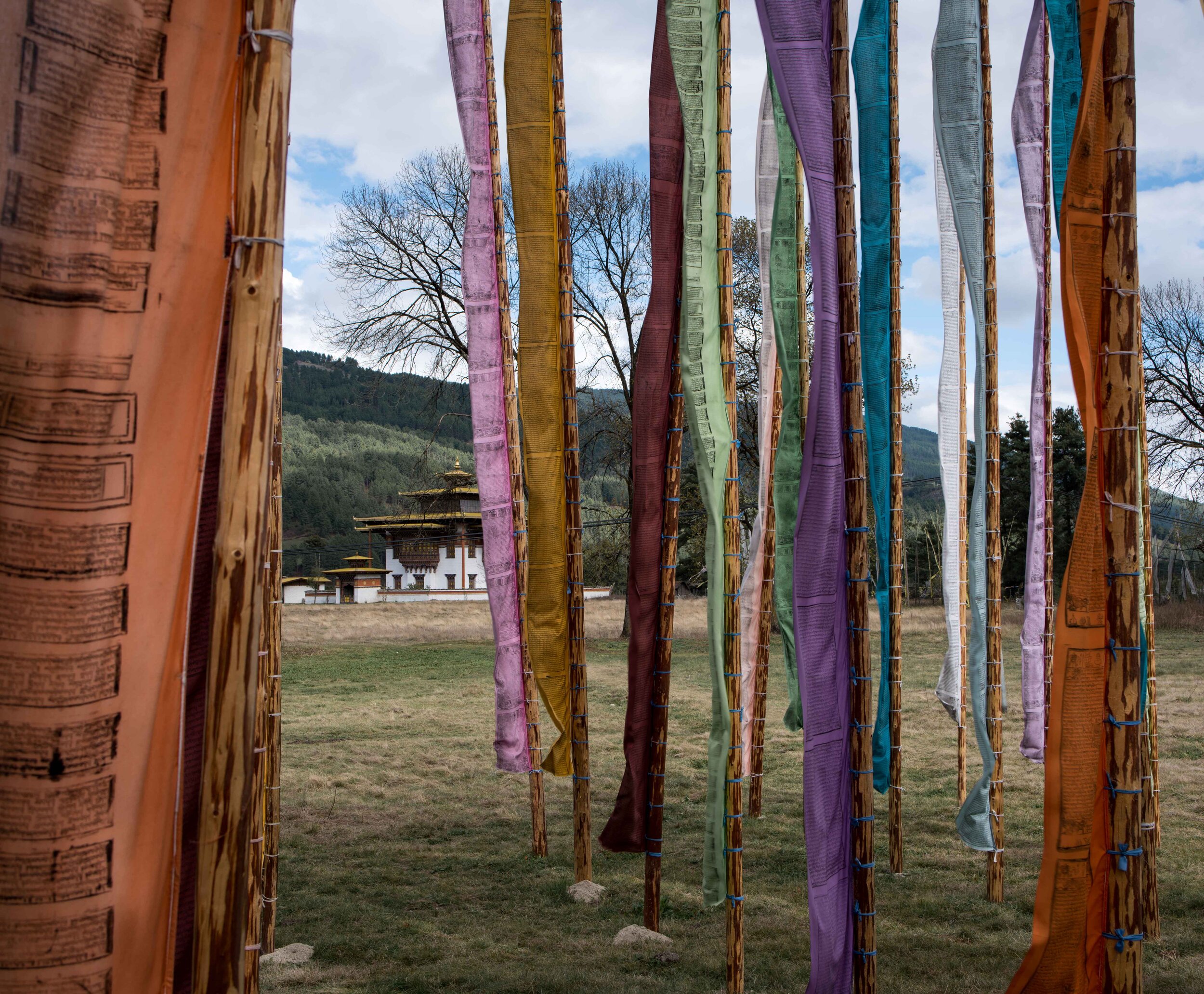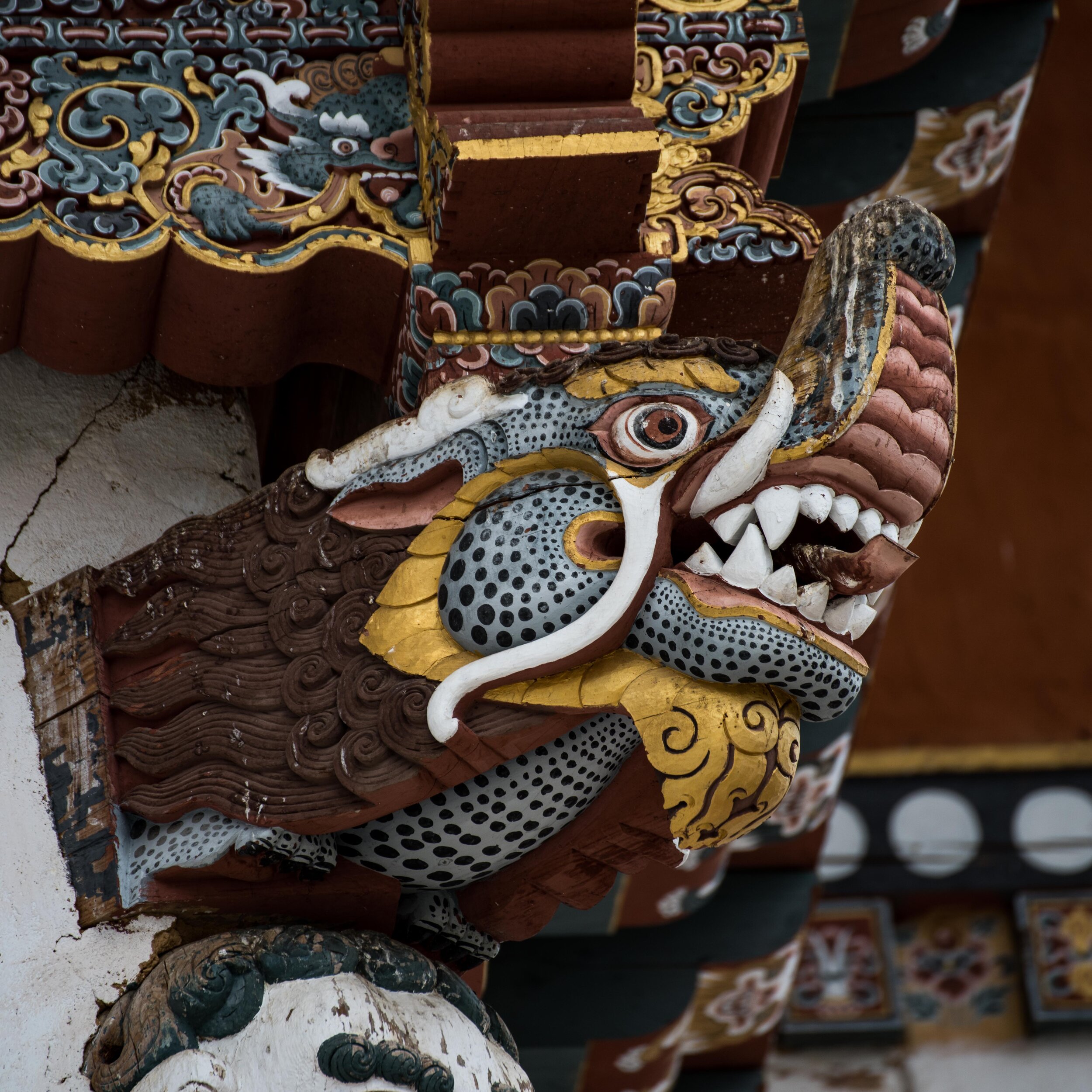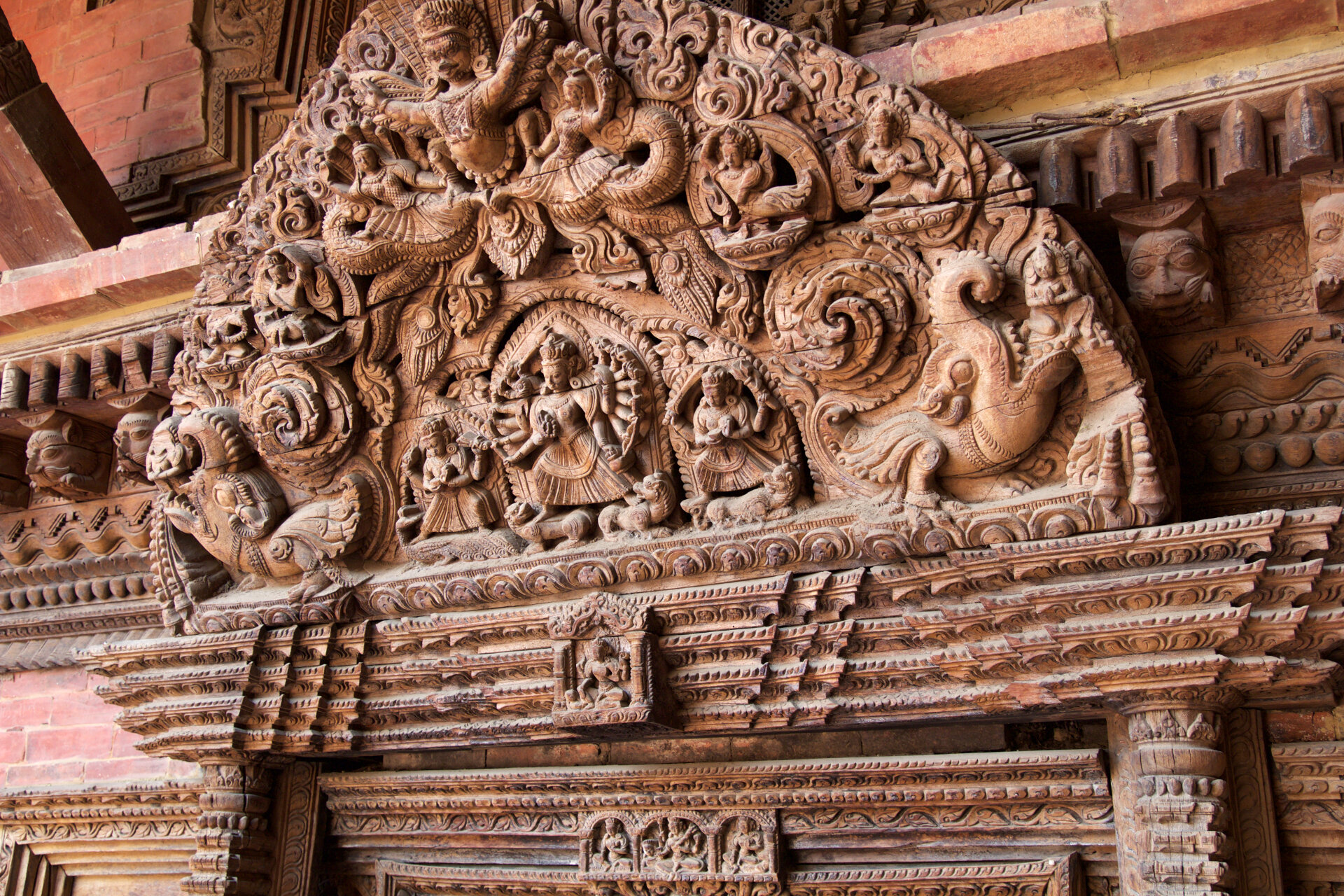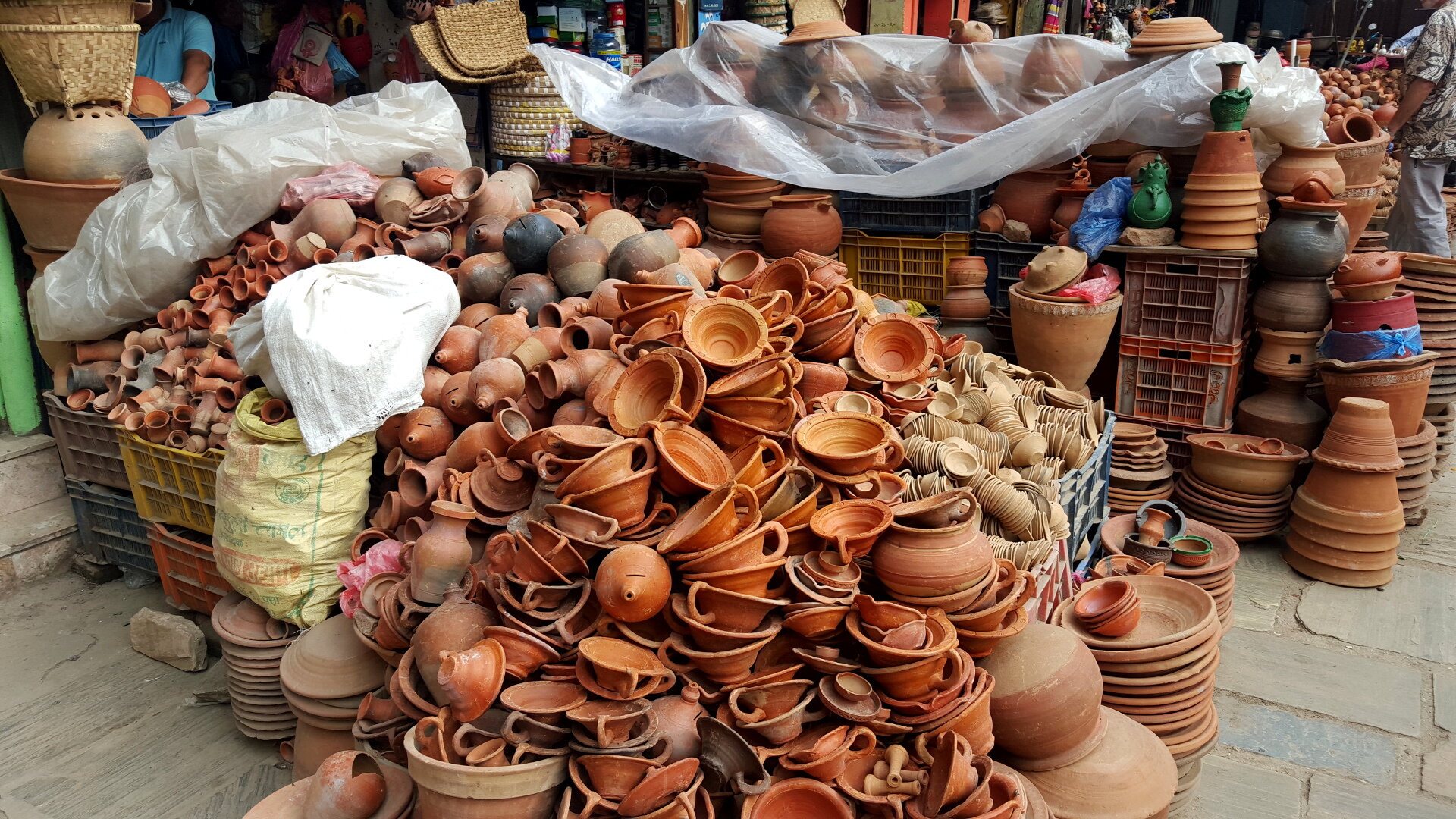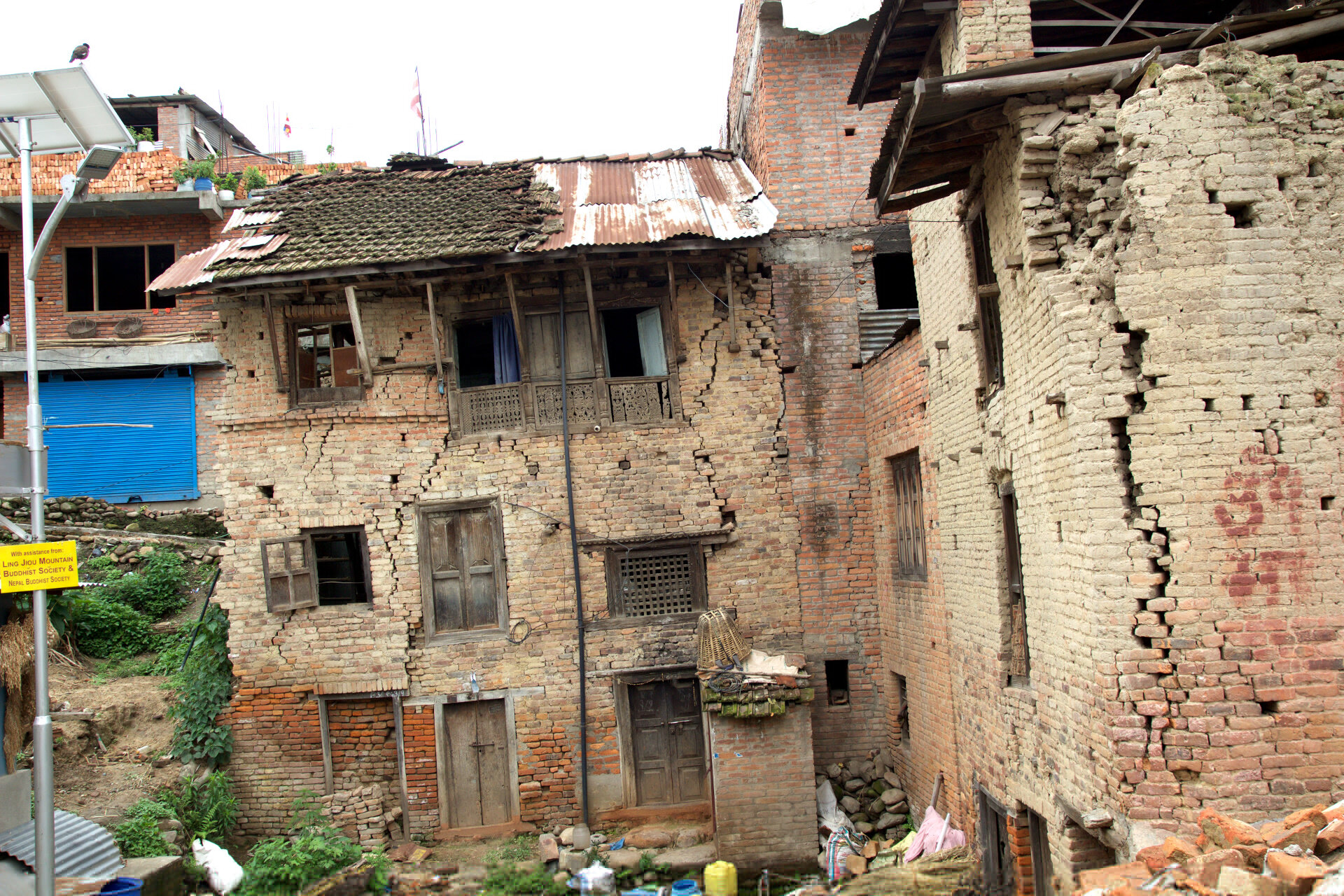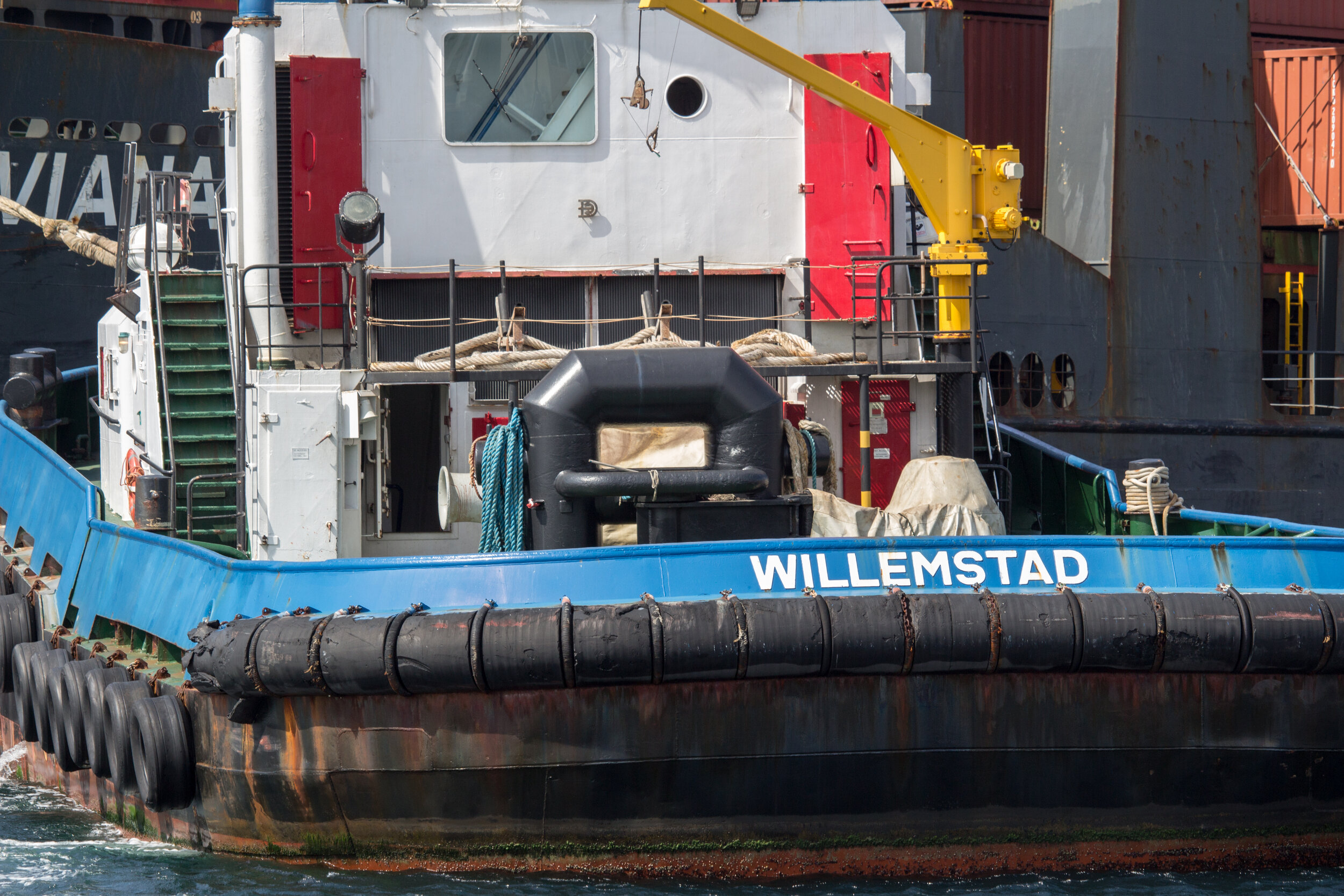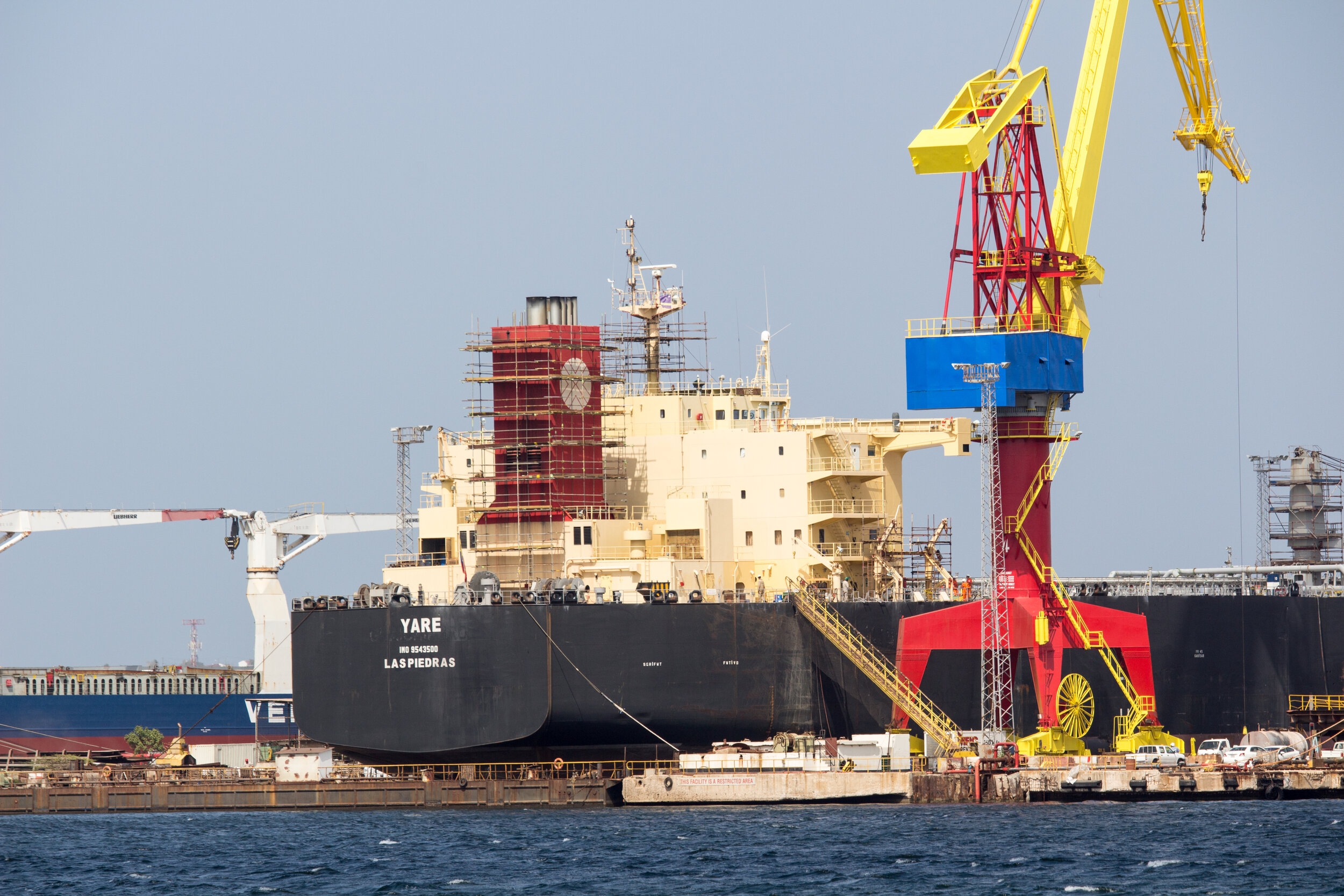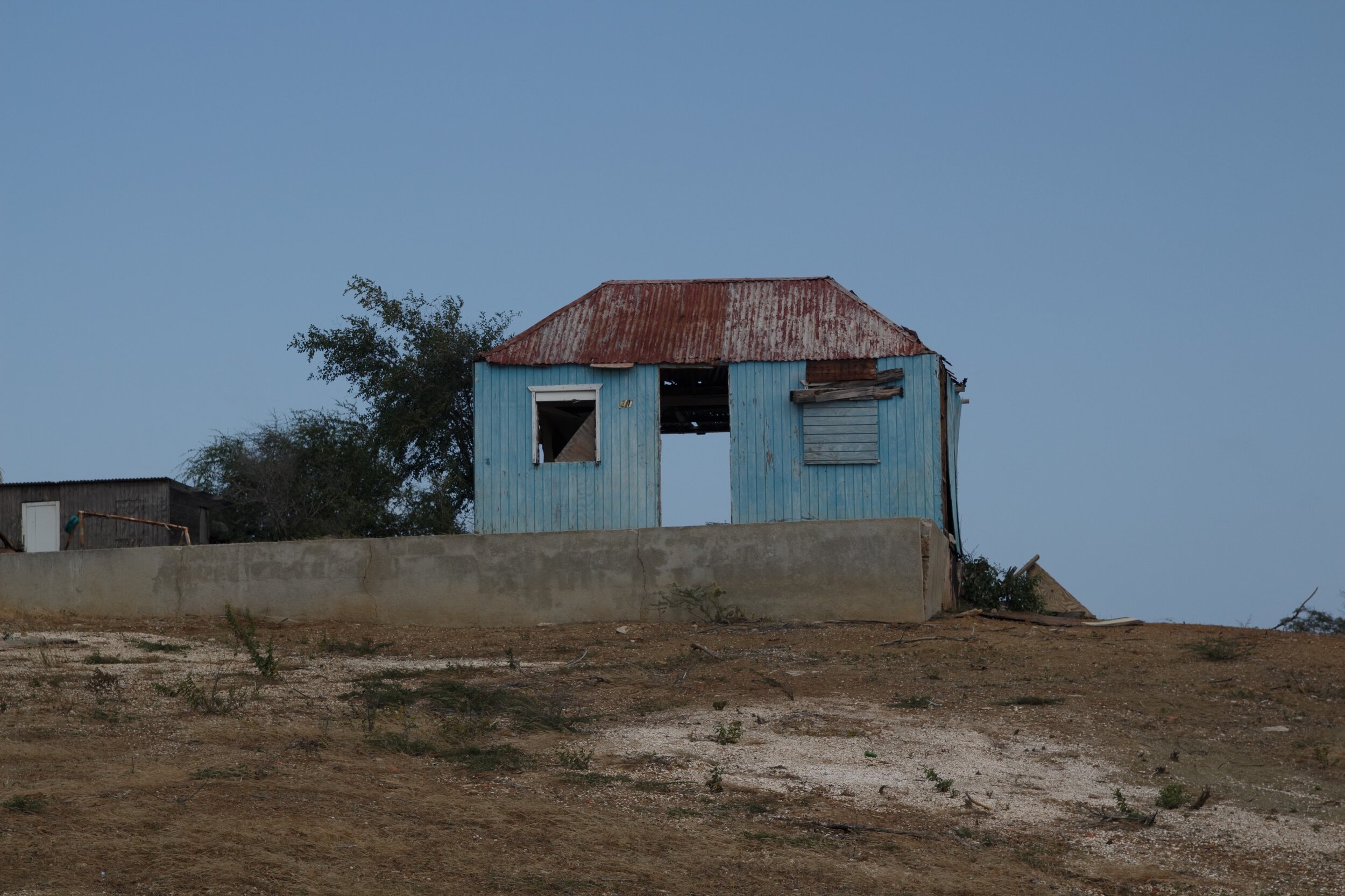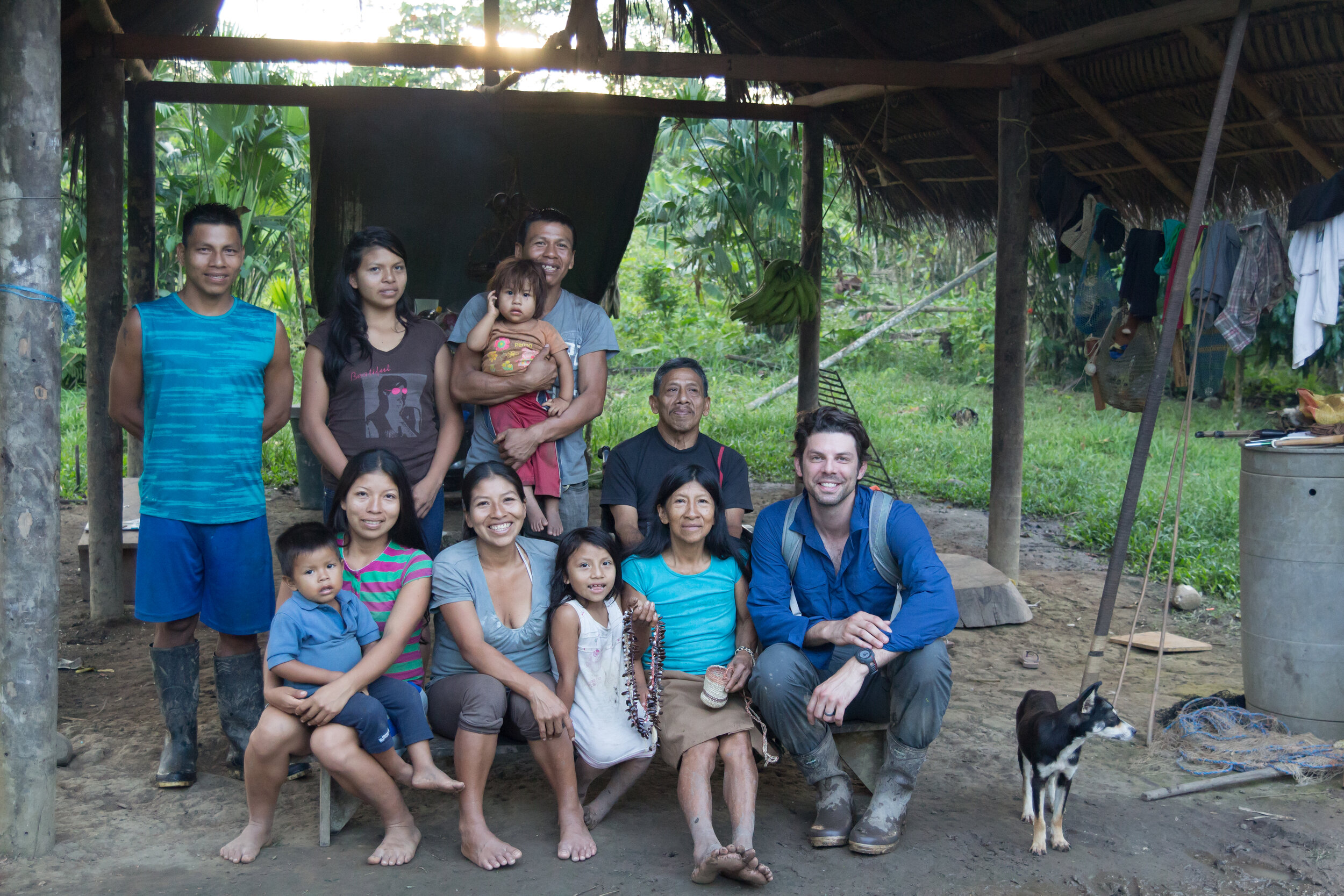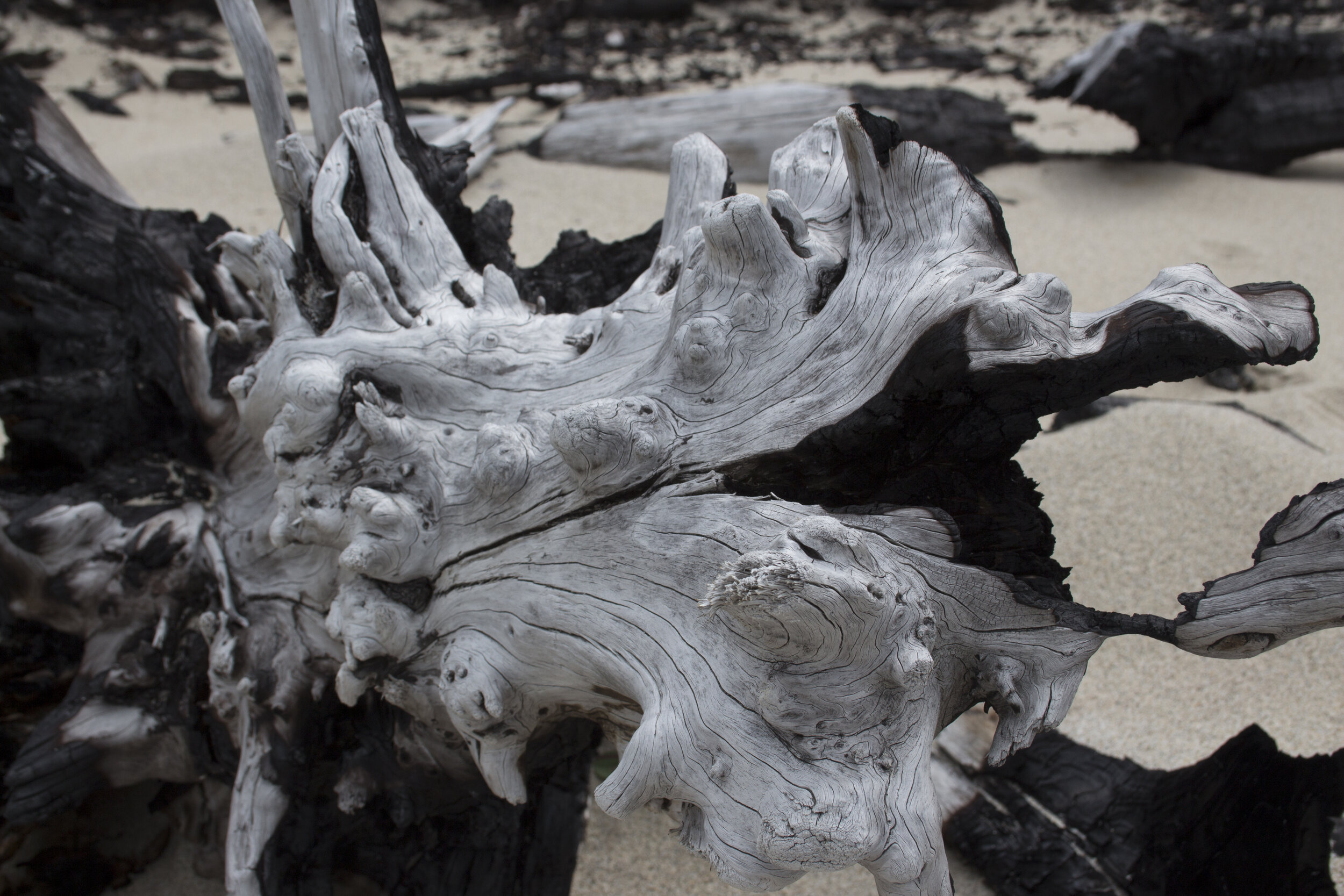Curaçao is my homeland. I was born in Willemstad and spent most of my childhood in neighborhoods positioned between the beautiful Caribbean Sea and an industrial shipping harbor, dry-dock, and oil refinery. My origins are visible throughout my work, from my affinity for the color aquamarine to my politics and thinking around global commerce, resource extraction, and fragile ecosystems.
I spent a month in Curaçao after many years away and as such, the trip became about rediscovering aspects of my heritage and identity. I photographed my abandoned family home and the harbor extensively. I also connected enthusiastically with new local arts organizations like Uniarte and worked with young artists for two days at a center for contemporary art the Instituto Buena Bista (IBB) in my old neighborhood.
Place and Displace is a recently self-published artist catalog available online here that tells the story of my work 2014-2019. It explores biography, materiality, and the process narratives that define my practice. The catalog contains an interview conducted by the poet Kent Shaw.












